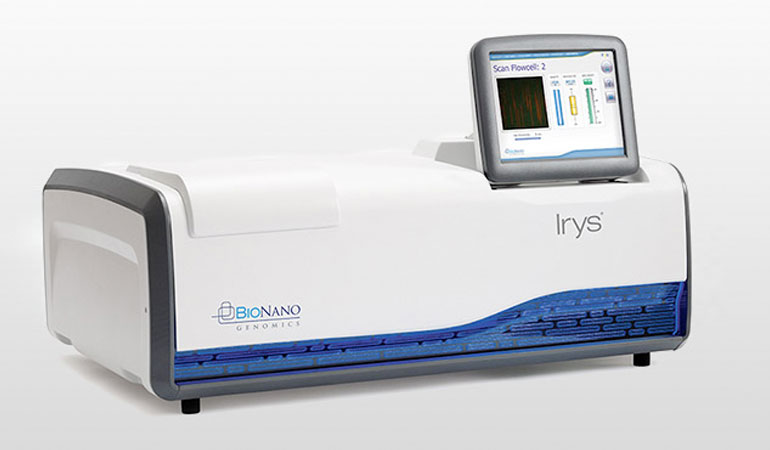What's The Difference?
A proven and effective alternative for prototyping and small to medium production runs. However, for runs of 100 – 2,000 products per year, thermoforming is generally a better choice than RIM.
Learn more about the two manufacturing processes through Ray Products’ helpful guide below:
Thermoforming vs. RIM Guide
| Manufacturing Process | Thermoforming | Reaction Injection Molding (RIM) |
|---|---|---|
| Process Overview | A sheet of plastic is heated to a pliable temperature, then shaped to a mold using air pressure, a vacuum or both. | Two liquid raw materials, polylol and isocyanate, are mixed at a mix-head, then injected into a heated cavity mold. When the material meets the heated tool surface, the chemicals begin to expand to fill the cavity, then solidify into the final part. |
| Finished Part Appearance |
|
|
| Finishing Options |
|
|
| Tooling Costs | $$ | $$$ |
| Max Part Size | 10' x 18' x 40" | 4' x 6' |
| Finished Part Weight | Lighter | Heavier |
| Minimum Draft | 0° or Negative | 1° |
| Minimum Nominal Wall Thickness | 0.060" | 0.125" |
| Design Features |
|
|
| Environmental Considerations |
|
|
